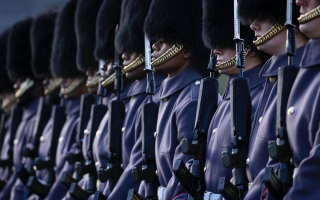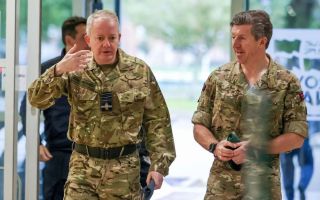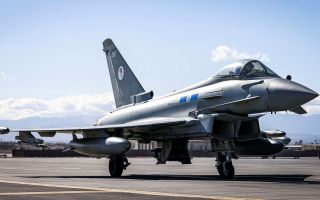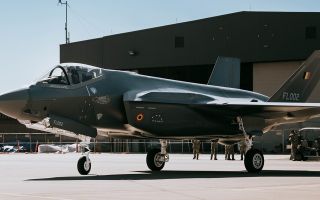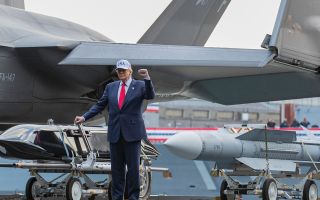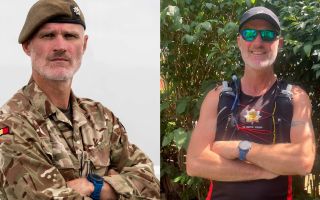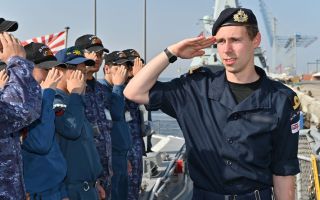Jet legends: The Gloster Meteor, Britain's first-ever jet fighter
Britain's first operational jet fighter and the only Allied jet to see combat in the Second World War, the Gloster Meteor, took its first true flight 80 years ago.
And the octogenarian, twin-engined, single-pilot aircraft still plays a vital role today as it is used by Martin-Baker – a world leader in the design and manufacture of ejection and crashworthy seats for more than 70 years – to carry out live ejection tests on all new production seats.
Prototype DG206/G took to the skies at RAF Cranwell on 5 March 1943, the start of a journey that saw 3,875 Gloster Meteors built in total, more than any other British jet aircraft of the time.
The Gloster Meteor was a joint venture between RAF officer Frank Whittle's company Power Jets – a British company founded in 1936 with a focus on designing and manufacturing jet engines – and the Gloster Aircraft Company, founded in 1917.
Known by some as the Gloster Pioneer, the first prototype of the aircraft – designed by George Carter – made its maiden flight during the evening of 15 May 1941 at RAF Cranwell piloted by Flying Officer Gerry Sayer, Gloster Aircraft Company's chief test pilot.
To mark the 60th anniversary of the Gloster Meteor, the RAF published an article detailing the aircraft's history in which it described some rather interesting responses to the first time the Gloster Metor rose into the skies.
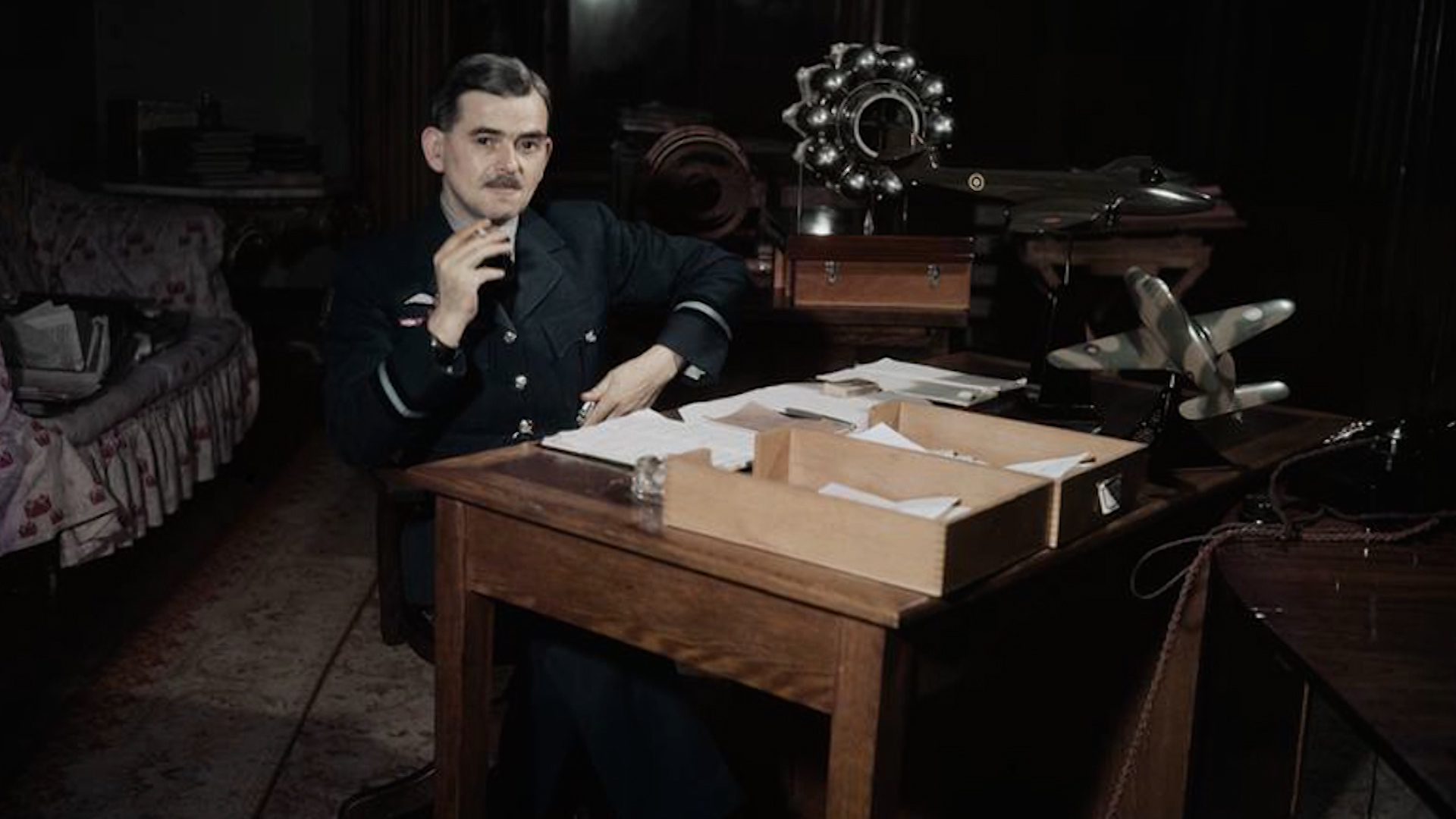
Fg Off Sayer is noted as saying: "It is difficult to describe my emotions during and after the flight.
"I was very tense, not so much because of any fears about the engine, but because this was a machine making its first flight."
An officer watching the maiden flight was heard asking: "How the hell does that thing work?"
A fellow officer replied: "Oh, it's easy, old boy, it just sucks itself along like a Hoover."
Another of the onlookers gave Frank Whittle a slap on the back and said with gusto: "Frank, it flies," to which he replied: "That was what it was bloody well designed to do, wasn't it?"

The first RAF Squadron to fly Gloster Meteors was number 616.
After carrying out their initial training at Farnborough, they transferred to RAF Manston in Kent in the summer of 1944.
Aviation historian and author Air Commodore (Retired) Graham Pitchfork, spoke to Forces News about the Gloster Meteor, an aircraft that has excited him since he was a child.
He said: "To my generation, of course, this was hugely exciting.
"Jet engines, and we all wanted to fly one and be in one."
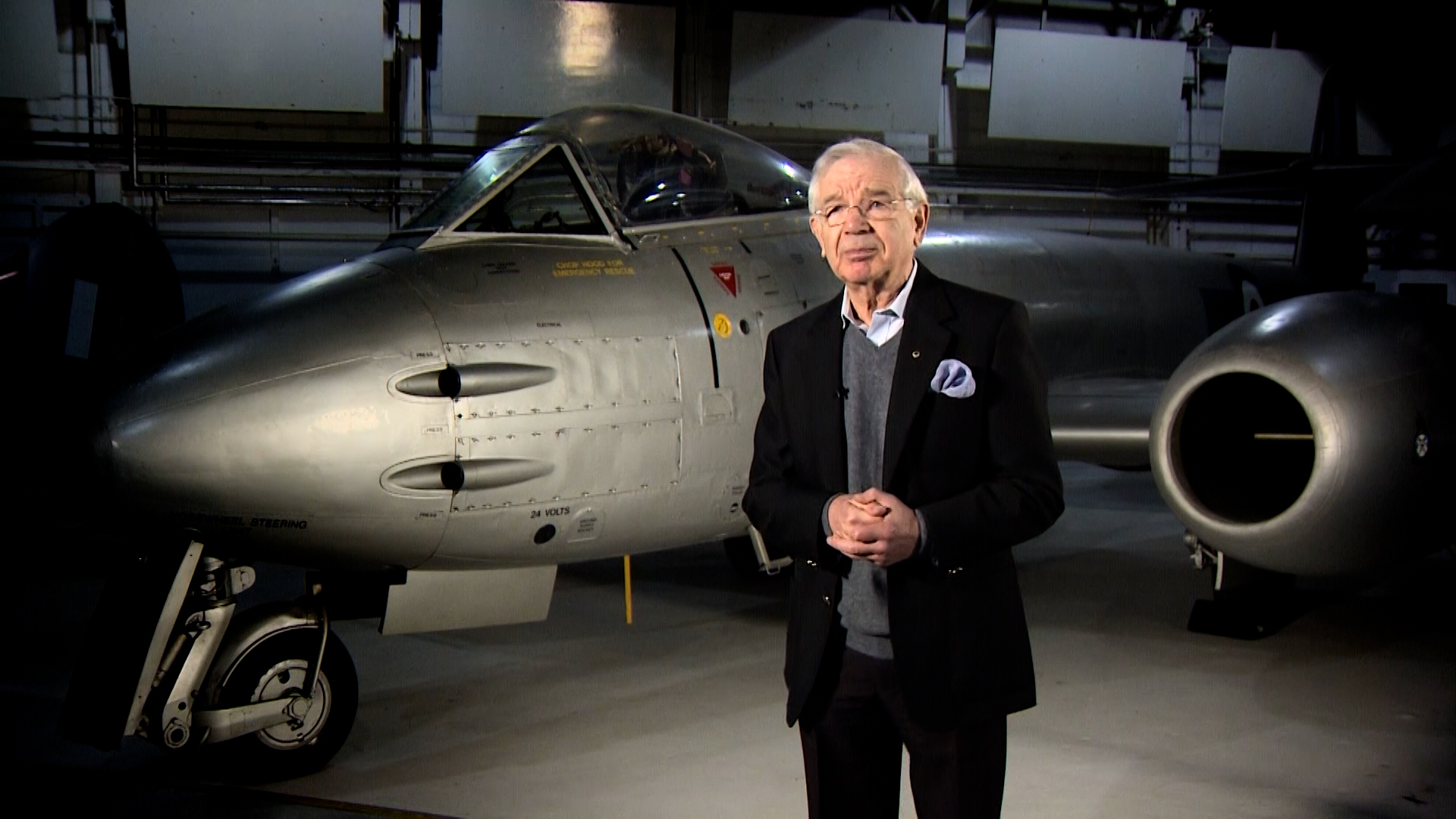
What is it like to fly a Gloster Meteor?
Andy Gent, head of flying and airfield manager at Martin‑Baker, still flies the Gloster Meteor jets, as they are used by the business to carry out live ejection tests on all new production seats.
After a 12-year career in the RAF during which Mr Gent flew Tornado GR1s and then became a flying and weapons instructor on the Hawk aircraft, the pilot has flown many historical planes, including the Spitfire, Mustang, Corsair, T6 and Hunter.
About flying the Gloster Meteor, Mr Gent said: "Where modern aeroplanes have any number of safety features to look after the pilot, the Meteor has no such features and is one of those aeroplanes where all checks are done twice.
"There is no Central Warning Panel, for example, and the only way to know one is low on oil pressure is if one regularly looks at the gauge – where a more modern aeroplane will doubtless have some kind of automatic warning system.
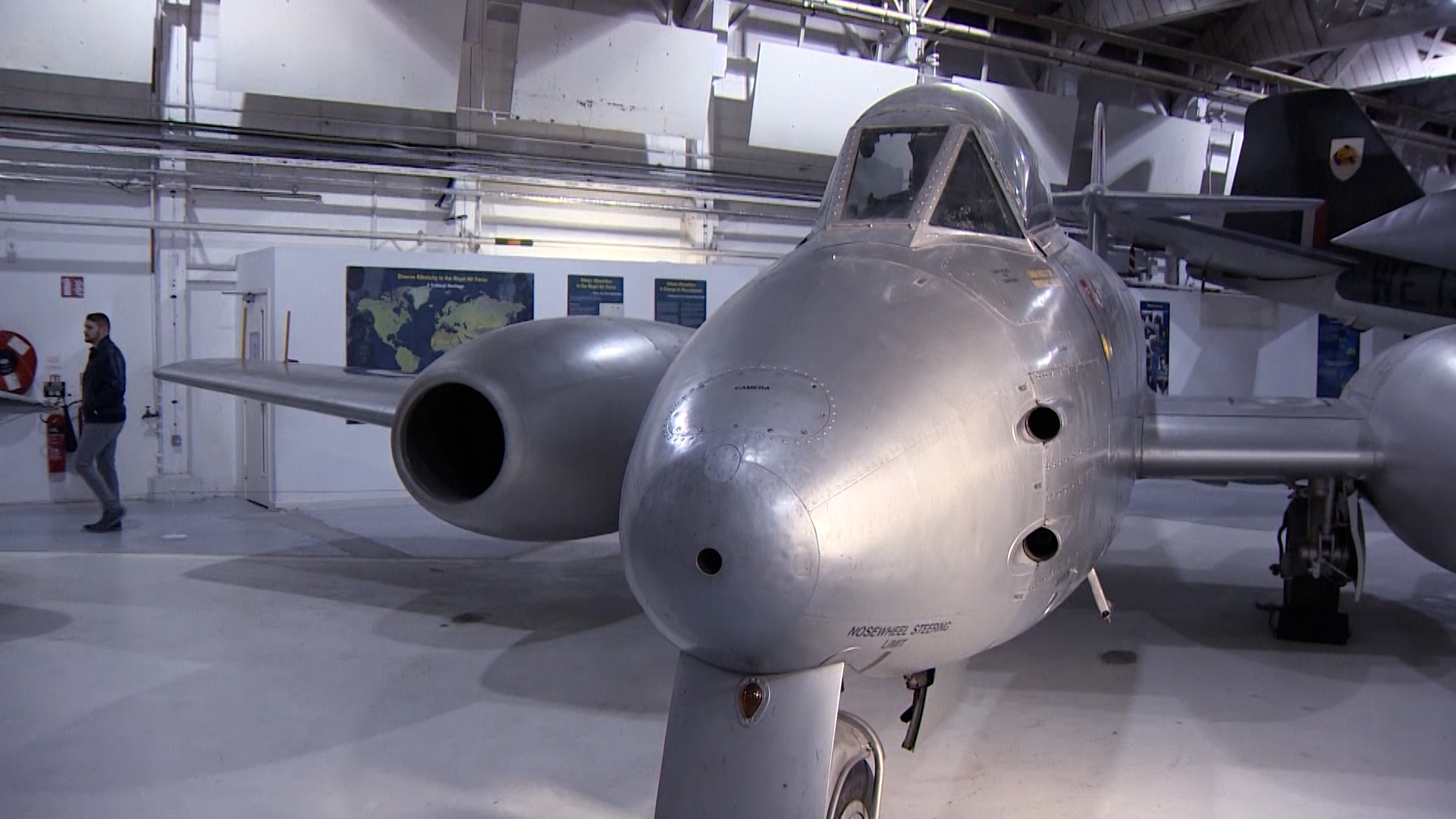
"When I first flew the aeroplane, I imagined it would be like a JP5 on steroids where in fact, with 7,200+lbs of thrust versus a small engine Hunter with 7,500lbs of thrust, it was an altogether much livelier aeroplane than the hitherto mentioned JP5.
"As regards the 'responsibility' in flying a 'historic' type, then one is more concentrating on safely flying the machine when actually flying, than thinking about the 'historic' nature of the aeroplane.
"It is a great privilege to play a small part in the design and testing of aircrew escape technology and those thoughts more often spring to mind rather than the pilotage of a historic type.
"The clever people are the engineers who produce ejection seats – I merely pull the up and down levers to enable their innovative work," he added.
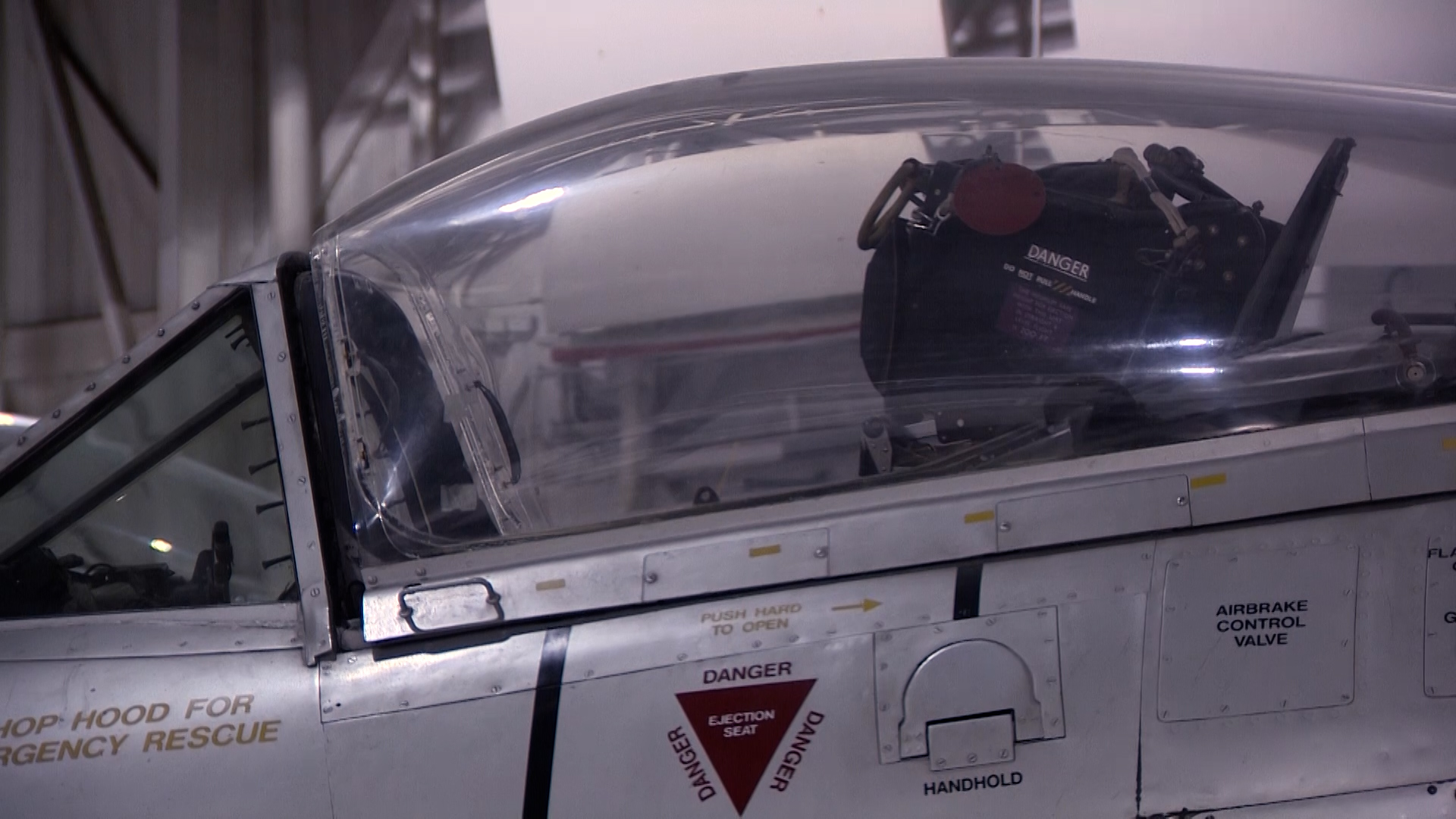
What are the aircraft's specifications?
The Gloster Meteor's standard armament was a set of four 20mm Hispano cannons.
The version that first entered into service had a top speed of 410mph and, by the plane's heyday, could reach a speed of 600mph.
However, the jet's most important feature was its engines.
In 1943, it was powered by a pair of Rolls-Royce Welland engines with 1,700lbs of thrust.
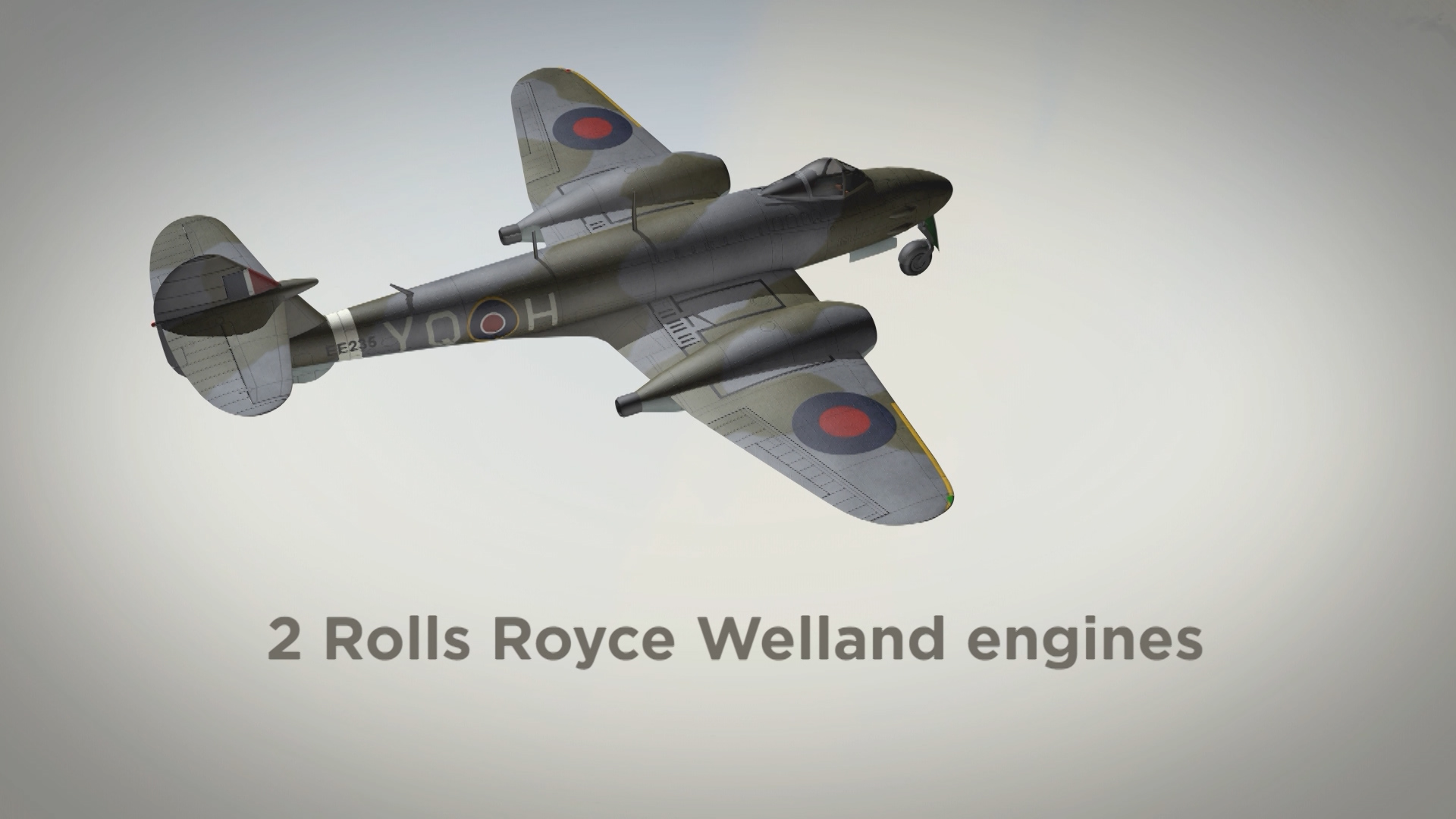
Of the engines, Air Commodore Pitchfork said: "It allows you to develop more speed, it's relatively economical, you can use it to a high level... the jet had much wider potential.
"You didn't have a big thing going round in the front to create drag.
"A propeller is creating thrust, of course, to make the airplane fly but it's also creating a degree of drag.
"You don't get that because there's nothing on the front of the aeroplane, but the jet is a far more efficient engine."
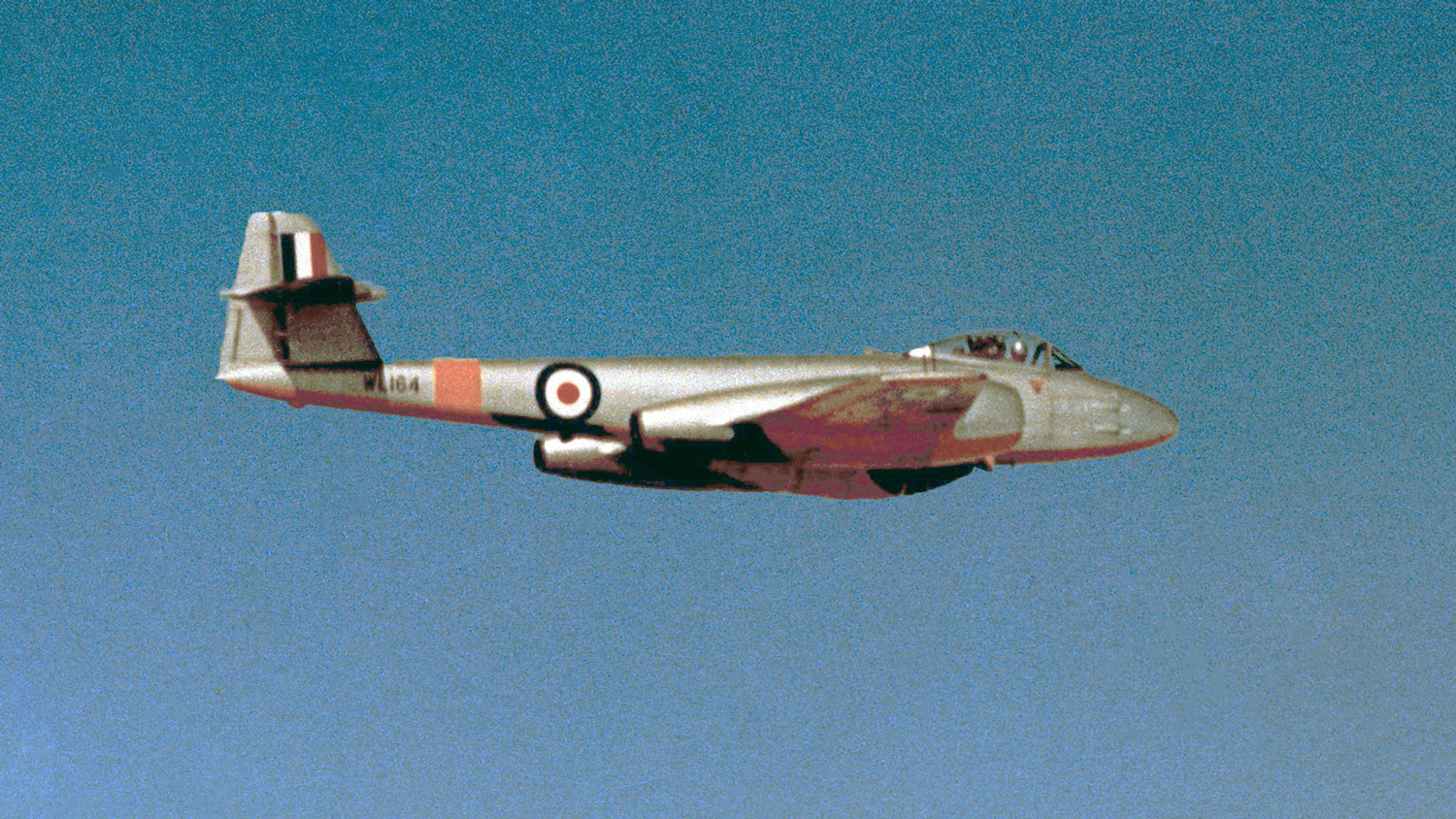
One of the big differences between the Gloster Meteor and its piston engine counterparts is that the pilots in the former could see ahead of them as they taxied.
This was down to the tricycle landing gear being located on the nosewheel rather than at the back like the much-revered Spitfire.
Air Commodore Pitchfork said: "The Spitfire would sit up as they taxied, it would be very difficult to see out the front, they weaved to see.
"No problem with the Meteor and so they found that very straightforward.
"The take-off, once you've got the throttles open, you just sat there, you got the right speed, ease the stick back and off it went."
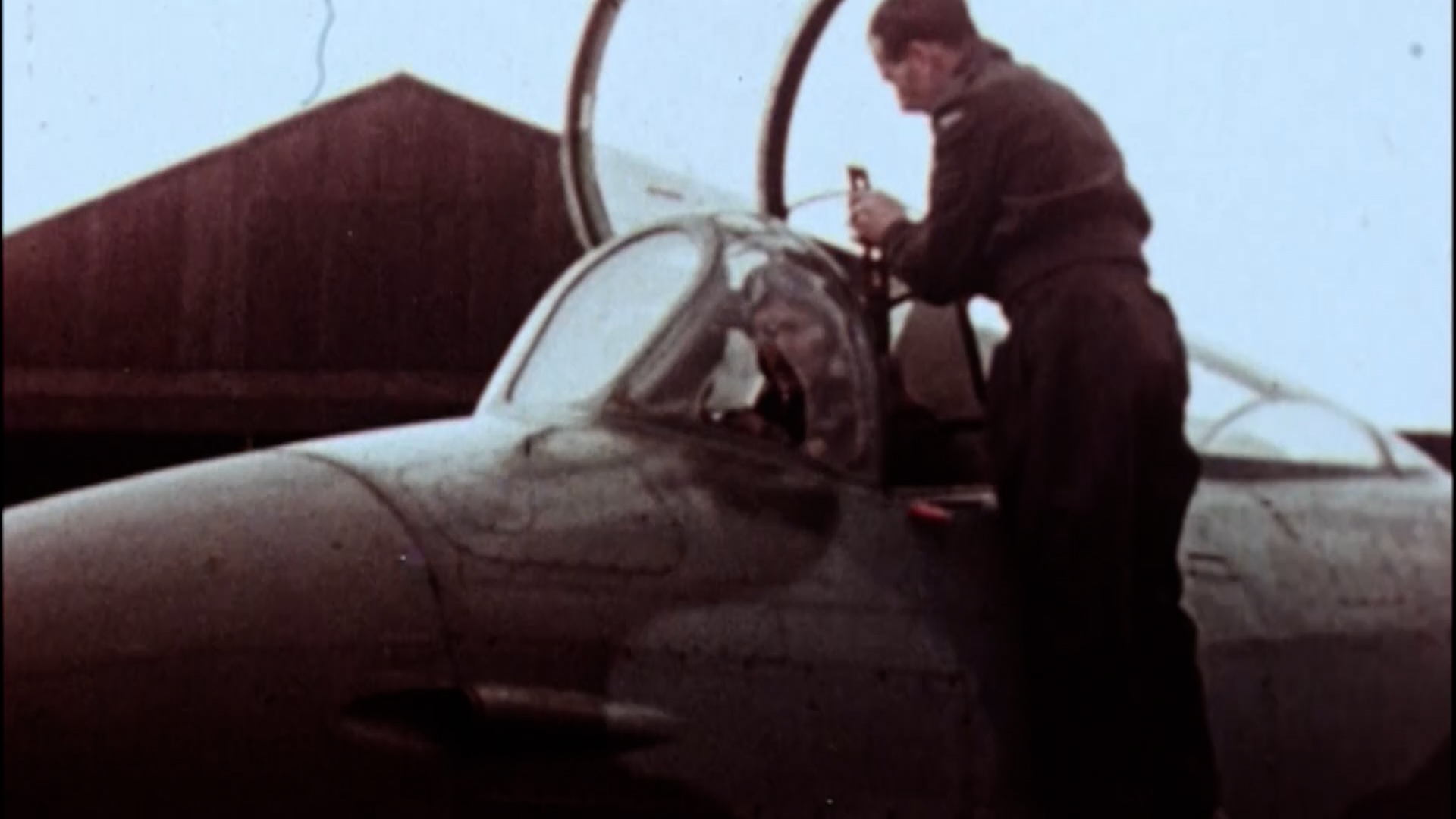
However, there was another big difference that surprised the pilots at first.
Due to the lack of a propeller and its associated vibrations, the Gloster Meteor was unlike any other aircraft in that it was quiet in comparison to piston-engined planes – almost glider-like with a high-pitched whine.
Air Cdre Pitchfork spoke to a couple of former Gloster Meteor pilots about their experience of the aircraft that had all bite but very little bark.
He said: "There was no great roar from this Merlin engine in their Spitfires because the minute they started travelling down the runway, of course, the noise was all behind them."

By the summer of 1944, German V-1 flying bombs were targeting London with devastating results, but the Gloster Meteor joined forces with aircraft such as the Hawker Tempest to tip the balance in the Allied forces' favour.
Air Commodore Pitchfork said: "The very first success was by a chap called Dixie D.
"When he closed up on the V-1 in front of him, at low level, over Kent, his cannons jammed, which happened quite a bit in the early days.
"So, undaunted, he accelerated, went up alongside this V-1, put his wing underneath the stubby wing of the V-1 and he tipped it up and the gyro in the V-1, of course, toppled and the thing spiralled into the ground and crashed near Tunbridge Wells and that was the first jet 'kill' of the RAF, no guns."

After the war, the Gloster Meteor served as a day fighter, a night fighter, a photographic reconnaissance airplane and a ground attack aircraft.
The versatile aircraft remained the mainstay of Fighter Command until the jet-powered Hawker Hunter appeared in the mid-1950s.
The Gloster Meteor was the start of a journey that now sees jet-powered aircraft such as the F-35B Lightning push the boundaries of aviation design and speed.
The Lightning's top speed comes in at 1.6 Mach, or 1,200mph, which is 1.6 times the speed of sound.
Now though, the Gloster Meteor's role stays the same – saving the lives of pilots by testing ejection seats.

